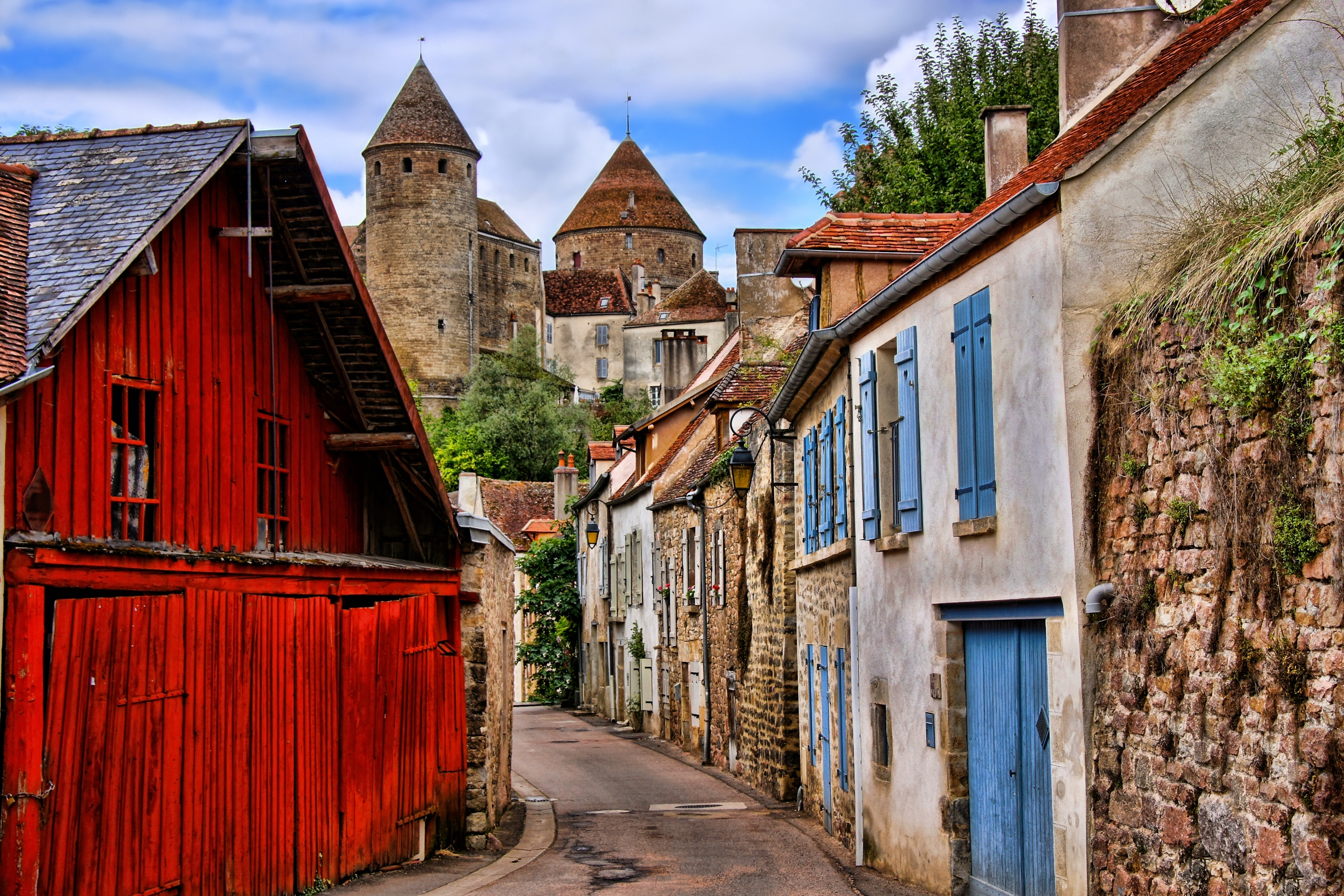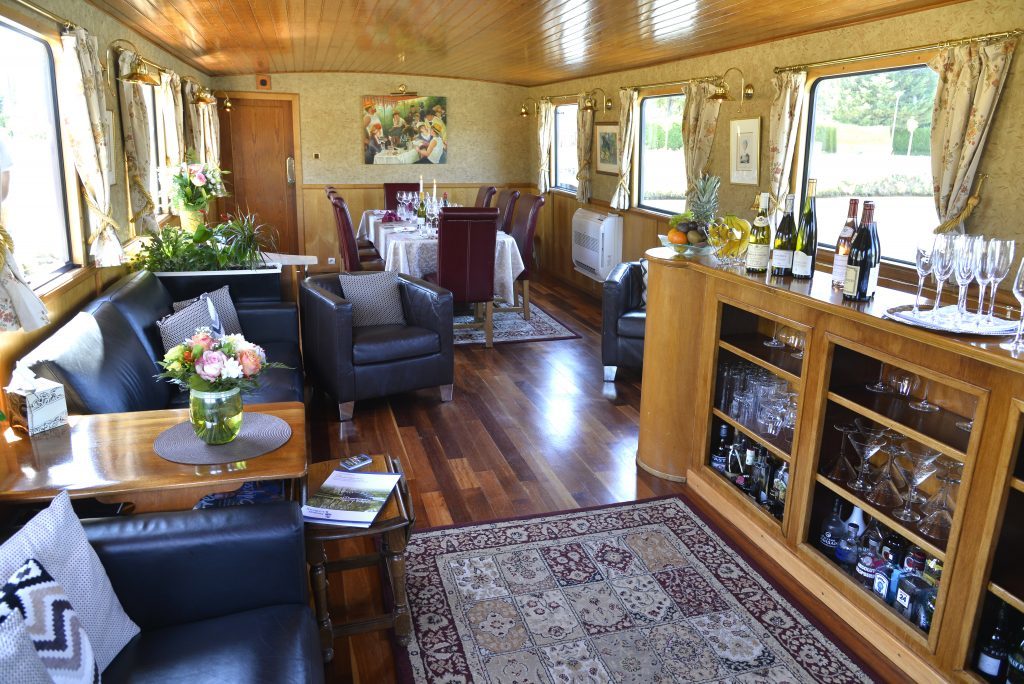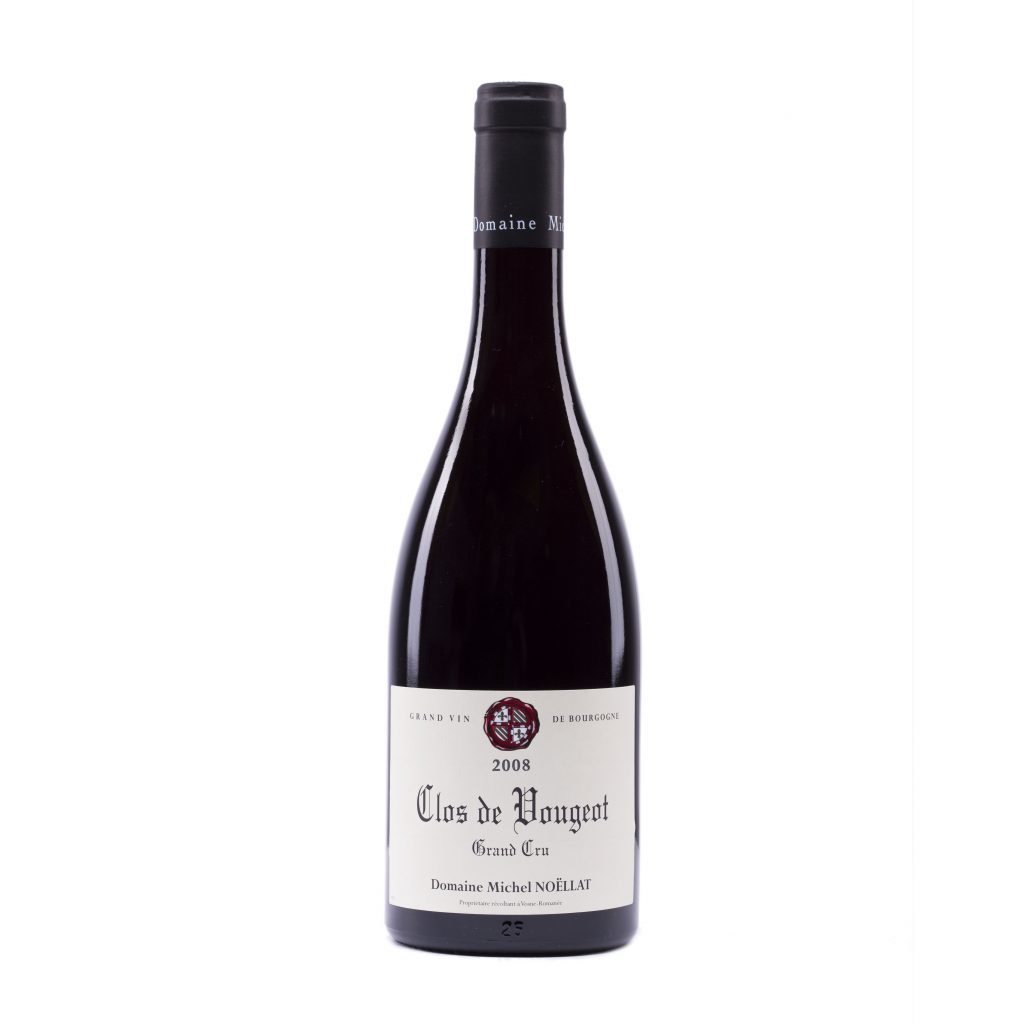
LET me say, before we start, wine snobs annoy me. All that posh posturing is quite ridiculous.
But I quite enjoy a nice red from time to time and, having now learned a little about the way the French produce and categorise their wines, I must admit I find the subject much more interesting.
My trip aboard the European Waterways’ hotel barge L’Impressioniste opened my eyes to this world and I can only recommend the experience.
Sailing along canals in the heart of Burgundy is a fantastic holiday, whether you like wine or not.
Hotel barging, with a crew of six and only a handful of fellow travellers, is a lot friendlier than big ship cruising.
And, as we went, every meal was accompanied by fantastic, rare and storied wines.
We were lucky enough to have two experts on board – pilot Julian, who regaled us with the legends behind the bottles we were drinking at table, and Daniel, who accompanied us on trips to the great vineyards we sailed past.
It was fascinating.
I’d always known that some wines are very expensive, while others are pretty cheap.
But I’d never known what it is that elevates some to high status. If they are all made from grapes, why does one fetch £8000 a bottle, while another can be had for a few quid?
To explain all this, the first trip Daniel took us on was to one of the great vineyards, Clos de Vougeot.
The walled vineyard was founded by Cistercian monks between the 12th and 14th Centuries. All of the reds produced from within the walls are labelled Grand Cru, the highest level of classification.
But why?
The secret is in the soil. Vineyards are never watered. Vine roots are expected to make their way deep into the gravelly earth to draw moisture from the limestone bedrock far below.
The wine makers say this forces the roots to work very hard – and the harder they work, the better the flavour.
Hotel barging is bliss afloat: Enjoy holiday of a lifetime at walking pace on a French canal
And great vineyards are never on hilltops, they are close to the brow of a hill so they get good sunlight but won’t suffer the harshest weather.
Nor are they on flat lowlands, because the water table is too accessible, so the roots don’t have to work hard.
A Grand Cru vineyard, therefore, must grow the best grapes on a graded slope on the right level of hill in the right type of soil with the right sort of bedrock at the right depth below ground.
Then the vineyard has to have a lengthy and royally-patronised past.
It must have suffered during the French Revolution. It must have famous names scattered throughout its illustrious history.
It has to have seen a little romance, endured a little tragedy and must be set around a chateau or monastery that looks like a scene painted by one of the great Renaissance artists.
Oh, and its produce must be able to fetch prices that would make a movie star gasp.
It is rare to get all of these criteria exactly correct.
Then, and only then, can it be called a great Burgundy.
Clos de Vougeot meets all these conditions and, even to an amateur like me, tasted absolutely lovely.
The next day Daniel took us to the HQ of Bouchard Pere et Fils, a Maison (a grower and producer) in the ancient town of Beaune.
We strolled round wine cellars, deep below the pretty town streets.
This is the Fort Knox of wine. The cellars stretch, archway after archway, full of wines dating back centuries. You walk cold halls lined with bottles worth tens of thousands of euros.
Because if the great wines are valuable when newly- bottled, they become crown jewels when aged a decade.
But when hundreds of years old, and said to be from “a good year”, your guide stops telling you prices in case you faint.
Bouchard’s most famous product is Vigne de L’Enfant Jesus.
The story goes that a Carmelite nun predicted the birth of King Louis XIV even though his mother was said to be unable to have children.
When this miracle came to pass, the nun’s order were awarded an exceptional vineyard and began producing Vigne de L’Enfant Jesus – “Baby Jesus” wine, named for the child.
As part of our excursion, we sat down to a Michelin-starred meal in a conservatory in the Bouchard private gardens, complete with vintage bottles of Baby Jesus.
I’d like to tell you of the oaky notes I detected, the velvetiness and a delicate dance on my taste buds.
Alas, I don’t yet have such a refined palate, but I can say it was a braw drap o’ stuff.
To round off our education, the next day Daniel took us for a sumptious lunch at the Abbaye de la Bussiere, a restaurant so posh it has its own chapel.
It was an ideal way to finish a wonderful holiday.
Like a fine wine, you should have a taste of a holiday afloat – I’m sure you would love it.
The Facts
Prices for a six-night cruise on a European Waterways hotel barge start at £2450pp in a twin/double cabin, including all meals, wines, an open bar, wine excursions and transfers.
The L’Impressioniste trip starts at £3290 pp.
European Waterways (01753 598555 or visit europeanwaterways.com) do several speciality wine cruises.

Enjoy the convenience of having The Sunday Post delivered as a digital ePaper straight to your smartphone, tablet or computer.
Subscribe for only £5.49 a month and enjoy all the benefits of the printed paper as a digital replica.
Subscribe
